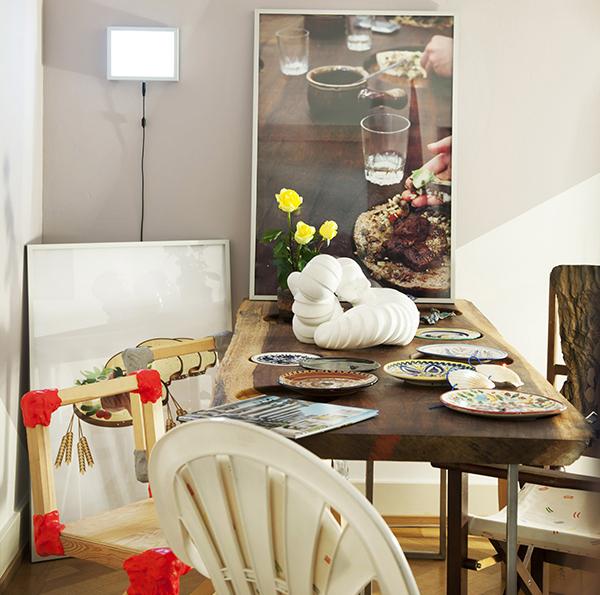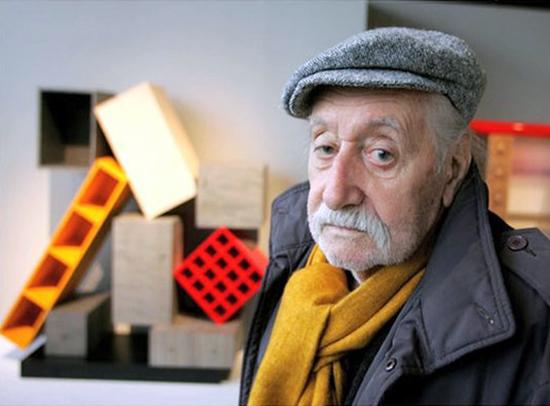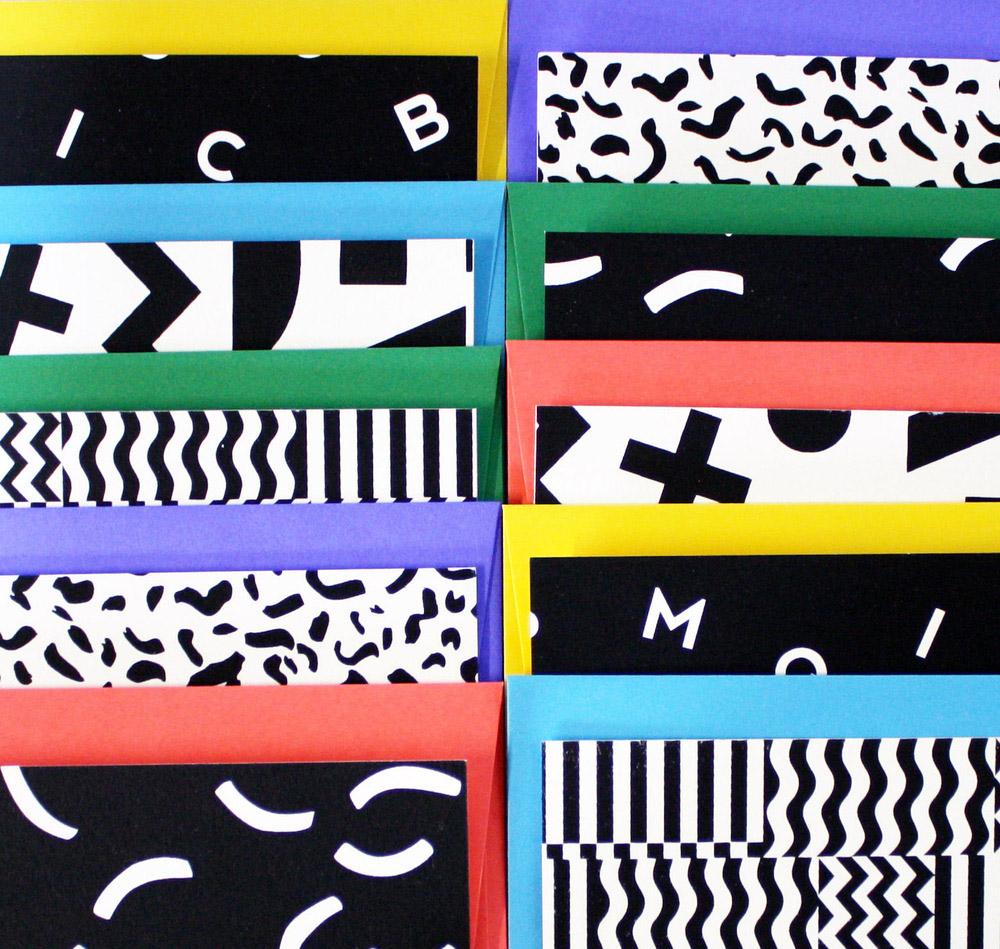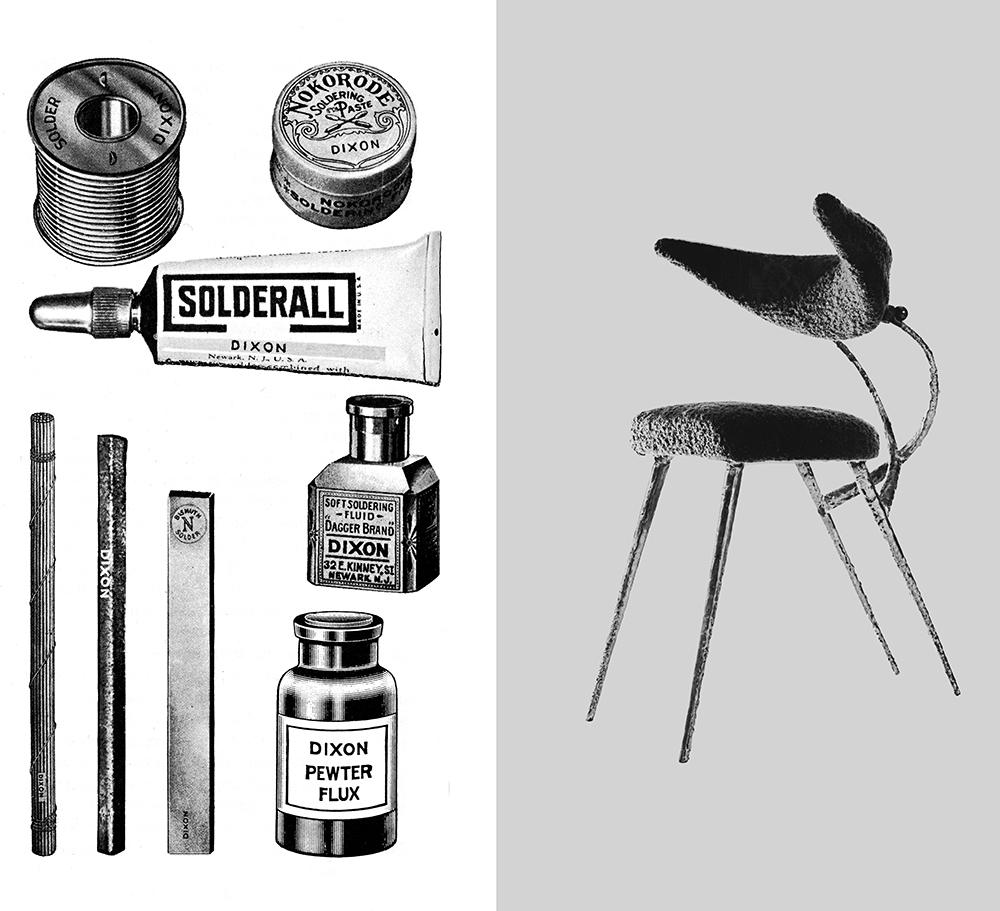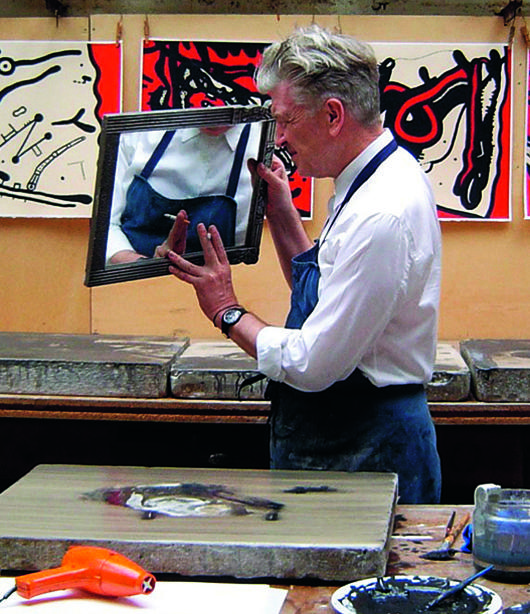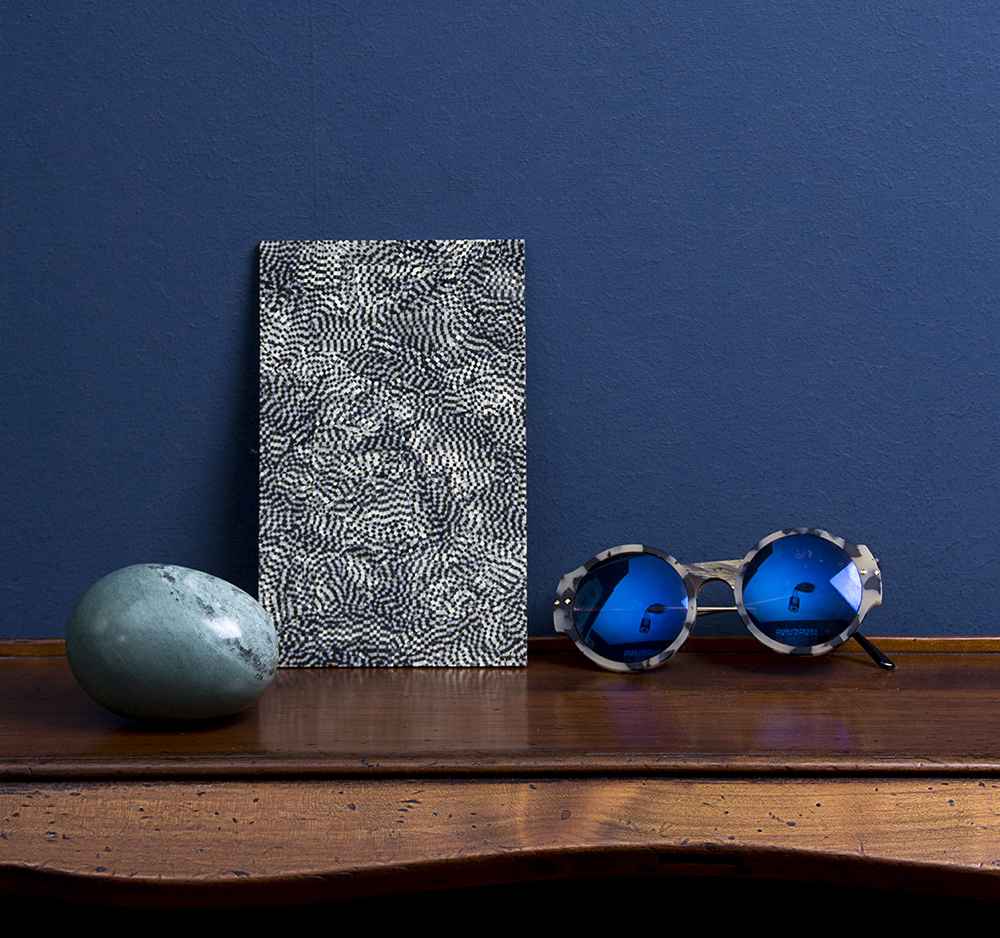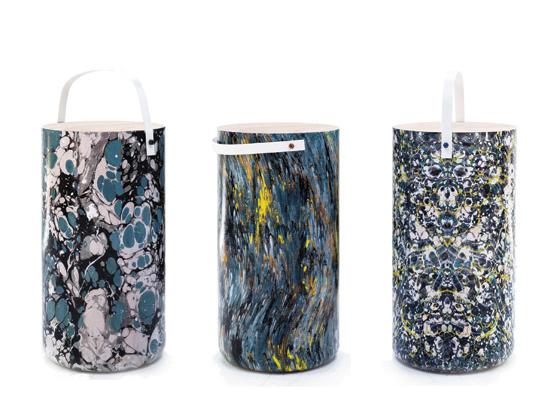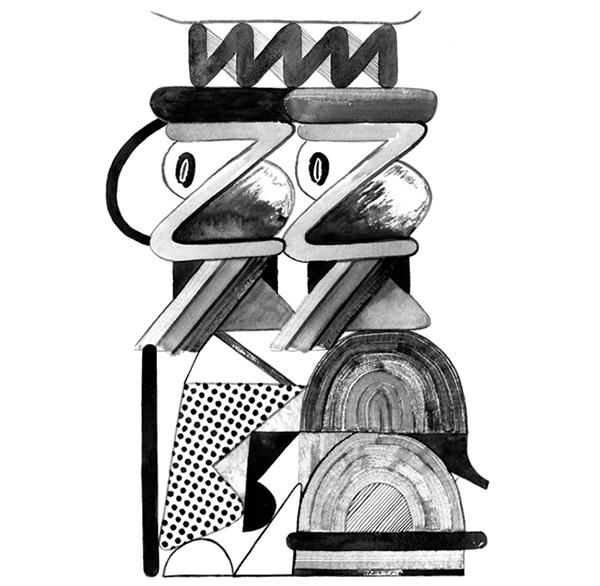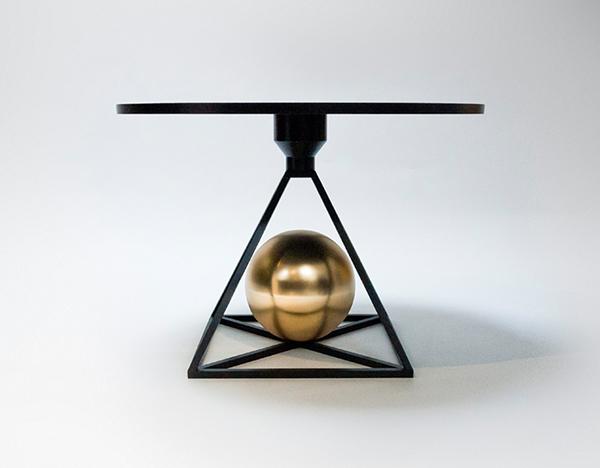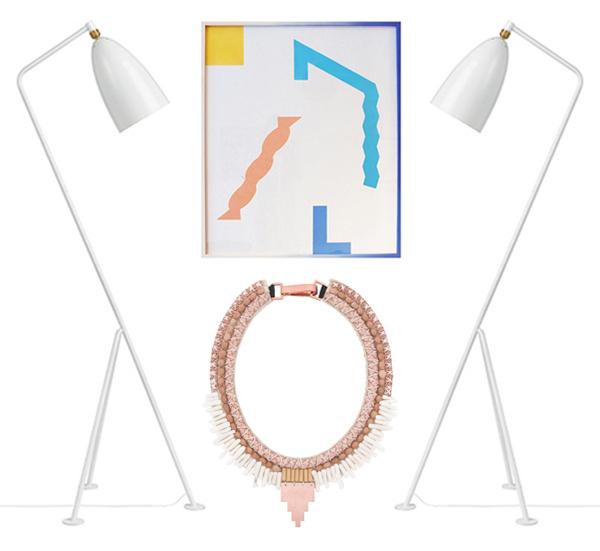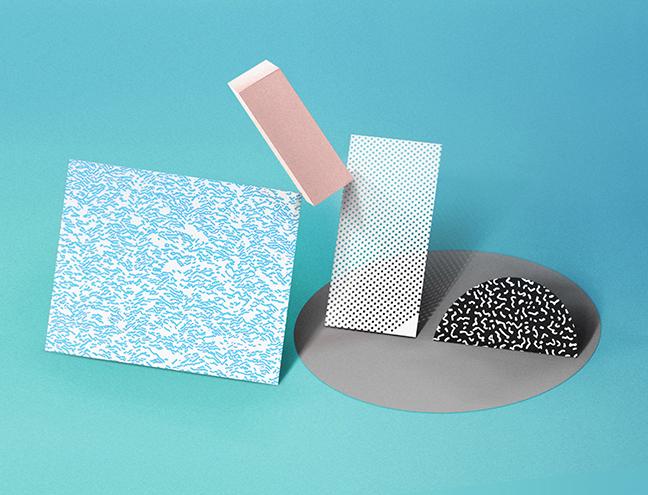
12.24.13
Up and Coming
Studio AH–HA, Graphic Designers
Working as a design journalist confers some pretty amazing benefits — travel to international design fairs, VIP invitations to parties, the occasional holiday gift — but this, right here, is hands down our favorite part of the job: discovering something so new and exciting we get a rush just from being the first to be able to share it with you. We originally met Portuguese graphic designer Catarina Carreiras a few years ago during the Milan Furniture Fair, where she was helping staff the installation of her then-employer, Fabrica, and we've kept in touch with her ever since; in 2011 she joined forces with fellow designer (and OMA alum) Carolina Cantante to start the communication and design agency Studio AH—HA, which now operates out of Sam Baron's office in Lisbon. Carreiras still does work for Sam and Fabrica, but as of this very story, she and Cantante are officially announcing the existence of their burgeoning practice — and its brand new website — to the rest of the world. You'll want to stare at the duo's gorgeous work for ages; seeing as it's the last story we'll be posting until January 2 as we embark our annual holiday hiatus, you'll have plenty of time to do just that. Happy new year, and enjoy!
